
Valentin Louis Georges Eugène Marcel Proust was a French novelist, literary critic, and essayist who wrote the monumental novel À la recherche du temps perdu which was published in seven volumes between 1913 and 1927. He is considered by critics and writers to be one of the most influential authors of the 20th century.
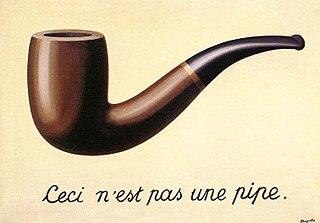
Surrealism is an art and cultural movement that developed in Europe in the aftermath of World War I in which artists aimed to allow the unconscious mind to express itself, often resulting in the depiction of illogical or dreamlike scenes and ideas. Its intention was, according to leader André Breton, to "resolve the previously contradictory conditions of dream and reality into an absolute reality, a super-reality", or surreality. It produced works of painting, writing, theatre, filmmaking, photography, and other media as well.
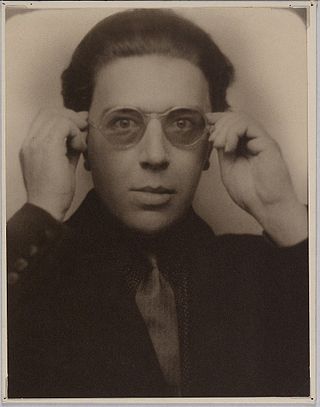
André Robert Breton was a French writer and poet, the co-founder, leader, and principal theorist of surrealism. His writings include the first Surrealist Manifesto of 1924, in which he defined surrealism as "pure psychic automatism".
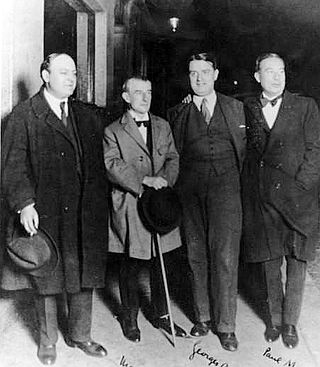
Léon-Paul Fargue was a French poet and essayist.
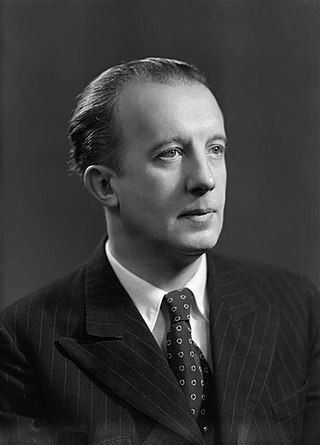
Paul Éluard, born Eugène Émile Paul Grindel, was a French poet and one of the founders of the Surrealist movement.
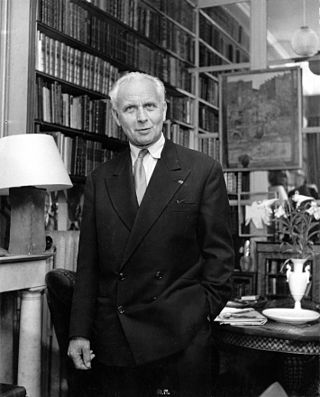
Louis Aragon was a French poet who was one of the leading voices of the surrealist movement in France. He co-founded with André Breton and Philippe Soupault the surrealist review Littérature. He was also a novelist and editor, a long-time member of the Communist Party and a member of the Académie Goncourt. After 1959, he was a frequent nominee for the Nobel Prize in Literature.
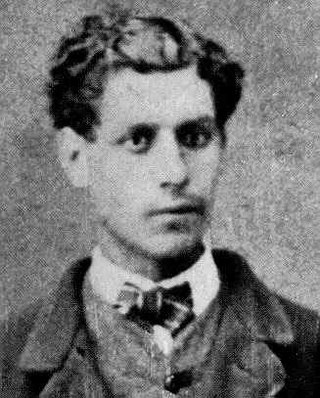
Comte de Lautréamont was the nom de plume of Isidore Lucien Ducasse, a French poet born in Uruguay. His only works, Les Chants de Maldoror and Poésies, had a major influence on modern arts and literature, particularly on the Surrealists and the Situationists. Ducasse died at the age of 24.
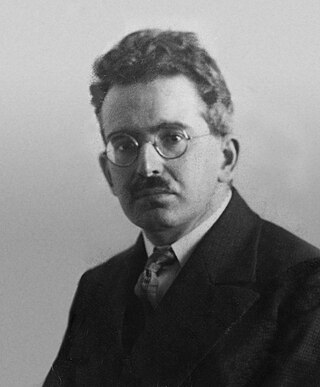
Walter Bendix Schönflies Benjamin was a German-Jewish philosopher, cultural critic, media theorist, and essayist. An eclectic thinker who combined elements of German idealism, Romanticism, Western Marxism, Jewish mysticism, and neo-Kantianism, Benjamin made influential contributions to aesthetic theory, literary criticism, and historical materialism. He was associated with the Frankfurt School and also maintained formative friendships with thinkers such as playwright Bertolt Brecht and Kabbalah scholar Gershom Scholem. He was related to German political theorist and philosopher Hannah Arendt through her first marriage to Benjamin's cousin Günther Anders, though the friendship between Arendt and Benjamin outlasted her marriage to Anders. Both Arendt and Anders were students of Martin Heidegger, whom Benjamin considered a nemesis.
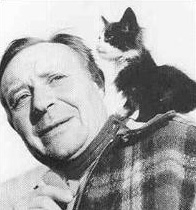
André-Aimé-René Masson was a French artist.

René Émile Char was a French poet and member of the French Resistance.
Les Éditions de Minuit is a French publishing house. It was founded in 1941, during the French Resistance of World War II, and is still publishing books today.

Robert Desnos was a French poet who played a key role in the Surrealist movement.

Nicolas Restif de la Bretonne, born Nicolas-Edme Rétif or Nicolas-Edme Restif, also known as Rétif, was a French novelist. The term retifism for shoe fetishism was named after him. He was also reputed to have coined the term "pornographer" in the same-named book, The Pornographer.
The Surrealist Manifesto refers to several publications by Yvan Goll and André Breton, leaders of rival surrealist groups. Goll and Breton both published manifestos in October 1924 titled Manifeste du surréalisme. Breton wrote a second manifesto in 1929, which was published the following year, and a third in 1942.
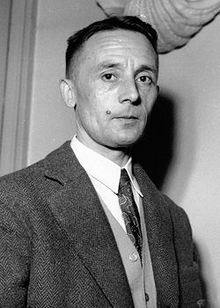
Julien Gracq was a French writer. He wrote novels, critiques, a play, and poetry. His literary works were noted for their dreamlike abstraction, elegant style and refined vocabulary. He was close to the surrealist movement, in particular its leader André Breton.

Philippe Soupault was a French writer and poet, novelist, critic, and political activist. He was active in Dadaism and later was instrumental in founding the Surrealist movement with André Breton. Soupault initiated the periodical Littérature together with writers Breton and Louis Aragon in Paris in 1919, which, for many, marks the beginnings of Surrealism. The first book of automatic writing, Les Champs magnétiques (1920), was co-authored by Soupault and Breton.

Flâneur is a French term popularized in the nineteenth-century for a type of urban male "stroller", "lounger", "saunterer", or "loafer". The word has some nuanced additional meanings. Traditionally depicted as male, a flâneur is an ambivalent figure of urban affluence and modernity, representing the ability to wander detached from society, for an entertainment from the observation of the urban life. Flânerie is the act of strolling, with all of its accompanying associations. A near-synonym of the noun is boulevardier.

Roger Vitrac was a French surrealist playwright and poet.
Simon Watson Taylor was an English actor and translator, often associated with the Surrealist movement. He was born in Wallingford, Oxfordshire and died in London.
Le Surréalisme au service de la révolution was a periodical issued by the Surrealist Group in Paris between 1930 and 1933. It was the successor of La Révolution surréaliste and preceded the primarily surrealist publication Minotaure.
















